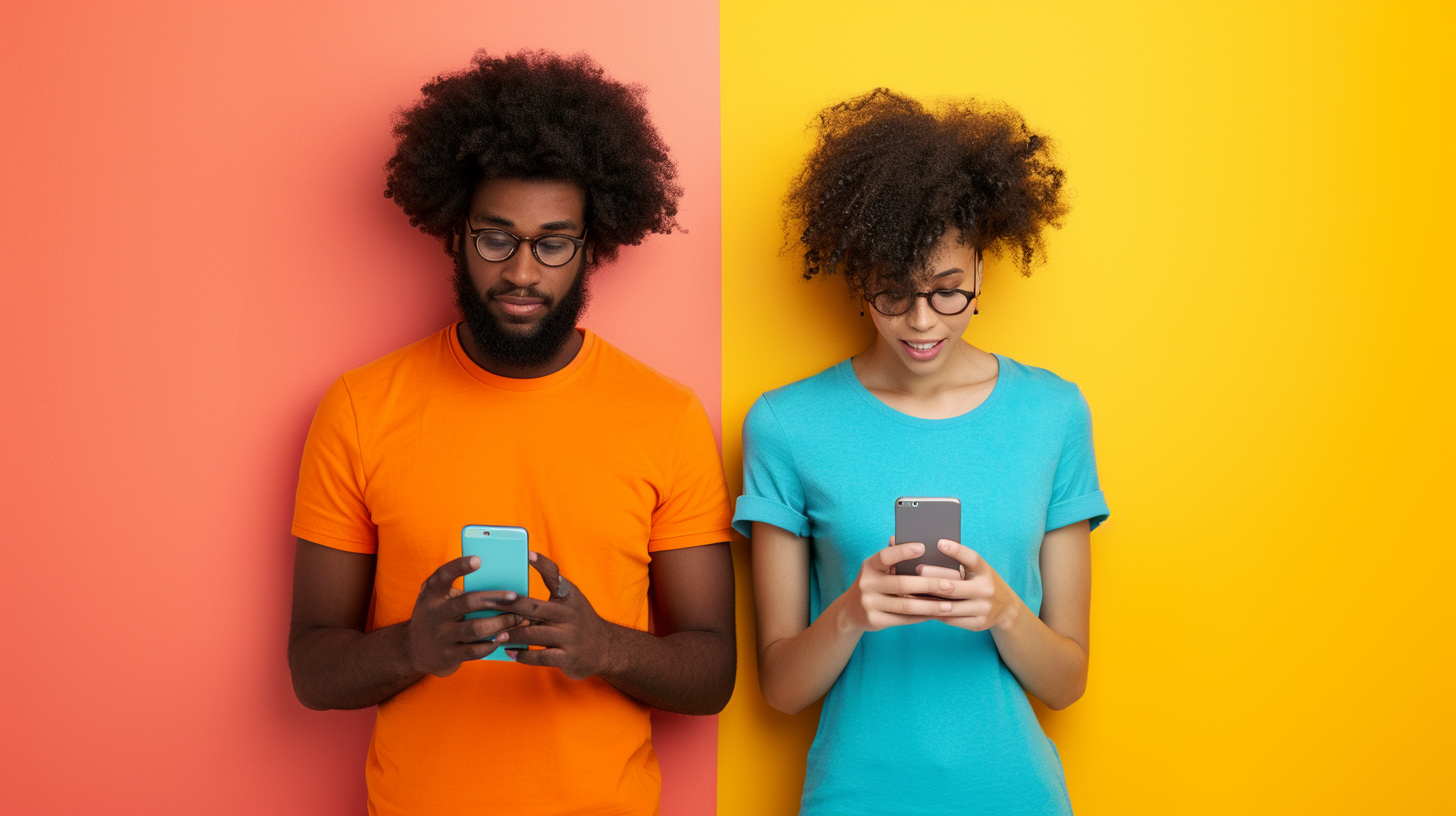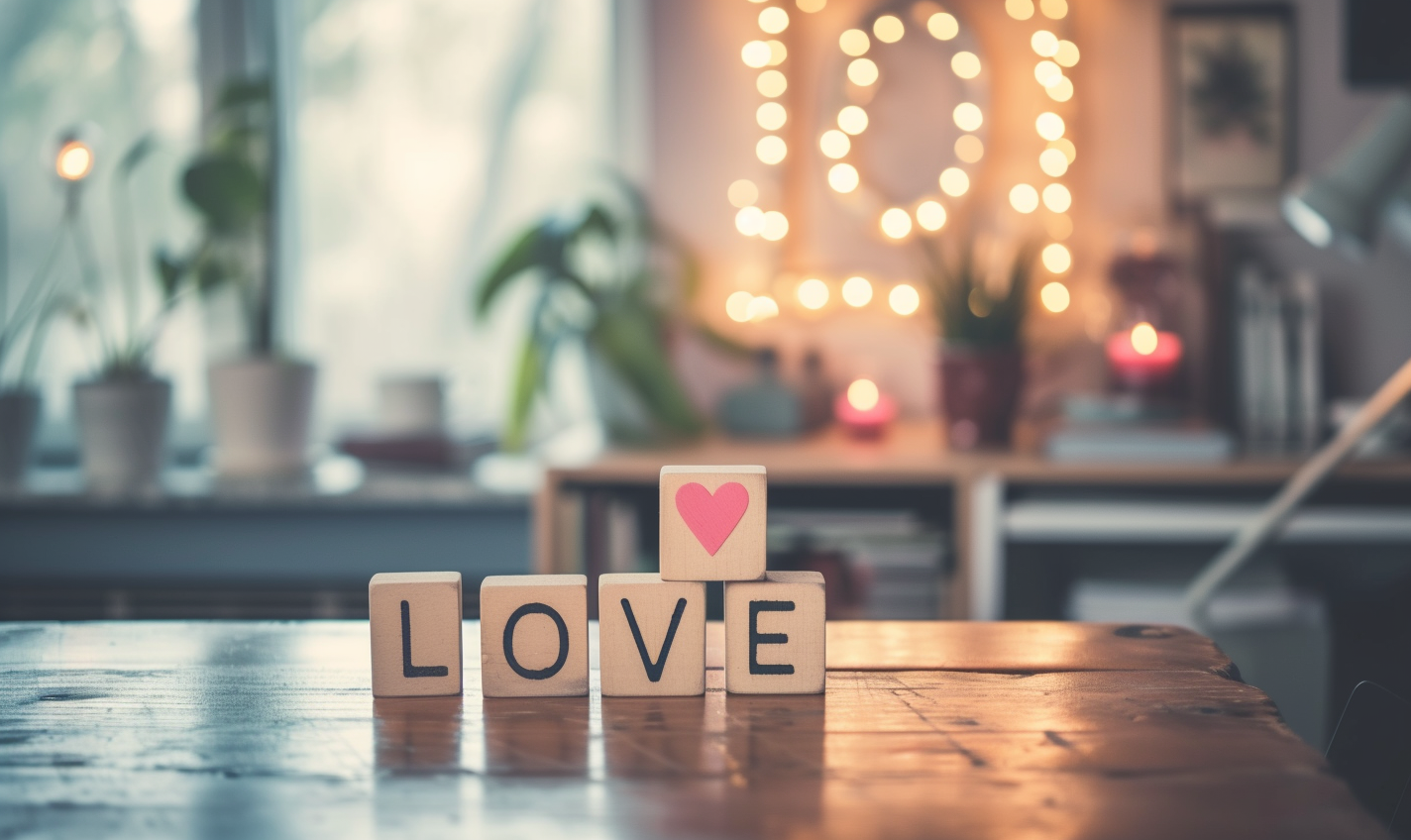Your cart is currently empty!
-

Dating After a Divorce or Breakup
Navigating New Beginnings After a marriage ends in divorce or a committed relationship ends more informally, the…
-

Online Dating Statistics And Facts In 2024
Introduction to Online Dating Apps Online Dating apps are modern-day technologies for finding love, reinforcing, and re-constructing…
-

First Date Rules Everyone Should Follow
Introduction to First Dating Etiquette Regarding first dates, the dating world is an exciting but scary place.…
-

The Role of Social Media in Dating
The Intersection of Social Media and Dating For millions of young adults today, social media isn’t just…
-

20 Online Dating Safety Tips
Understanding the Landscape of Online Dating Online dating is a new phenomenon that continues to change how…
-

Online Dating Tips That’ll Help You Find Your Match
Introduction Traditional romantic encounters might have occurred in years past when people met in coffee shops or…
-

The Psychology of Attraction: Why We Want Who We Want?
Psychology of Attraction Attraction is not just physical or sexual appeal but is deeply rooted in what…
-

7 Best Cheap Date Ideas for Couples on a Budget
Budget-Friendly Dating Dating can be expensive, but there are ways to date without spending much money with…
-

Best Tips to Make a Long-Distance Relationship Work
Long-distance relationships (LDRs) represent one of love’s purest manifestations, a meaningful expression of affection and commitment across…
-

What Are The 5 Love Languages? How To Use Them in Your Relationships
Love languages offer an insight and foundation for understanding and communicating love and affection in all kinds…
